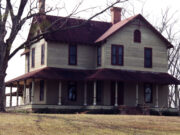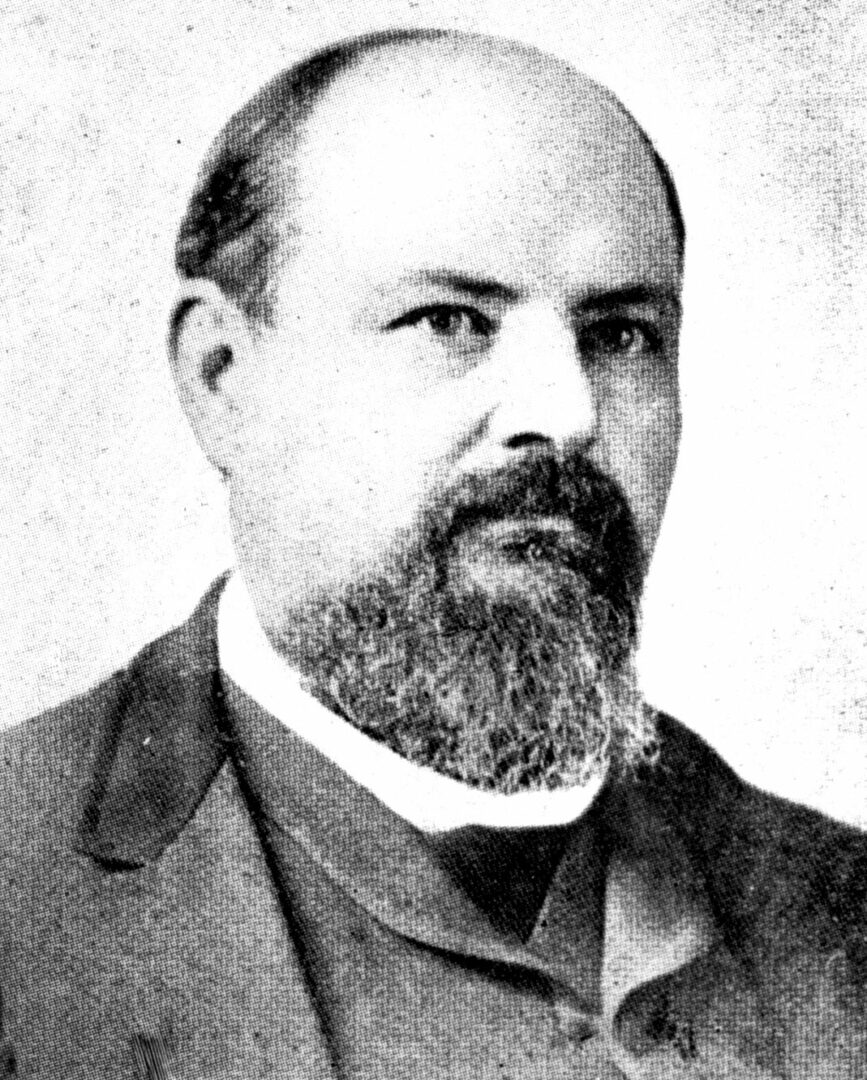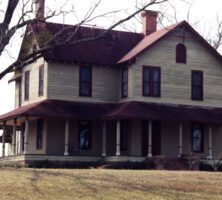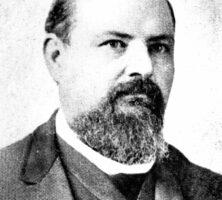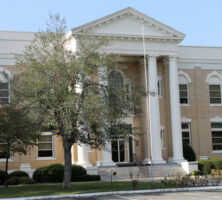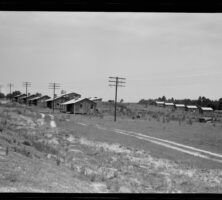In the heart of central Georgia’s wiregrass region, Dodge County stretches 500 square miles from the Oconee River to the Ocmulgee River.
The state legislature established Dodge County in 1870, forming it from parts of Montgomery, Pulaski, and Telfair counties. In 1872 and 1875, parts of Dodge County were shifted back into Telfair County. Dodge County was named for William Earle Dodge of New York, cofounder of one of the world’s largest mining and metals companies, and owner of significant timberlands in central Georgia.
The original inhabitants of the area were Creek Indians, who ceded their lands in the treaties of Fort Wilkinson (1802) and Washington (1805). White settlers began arriving in the 1840s.
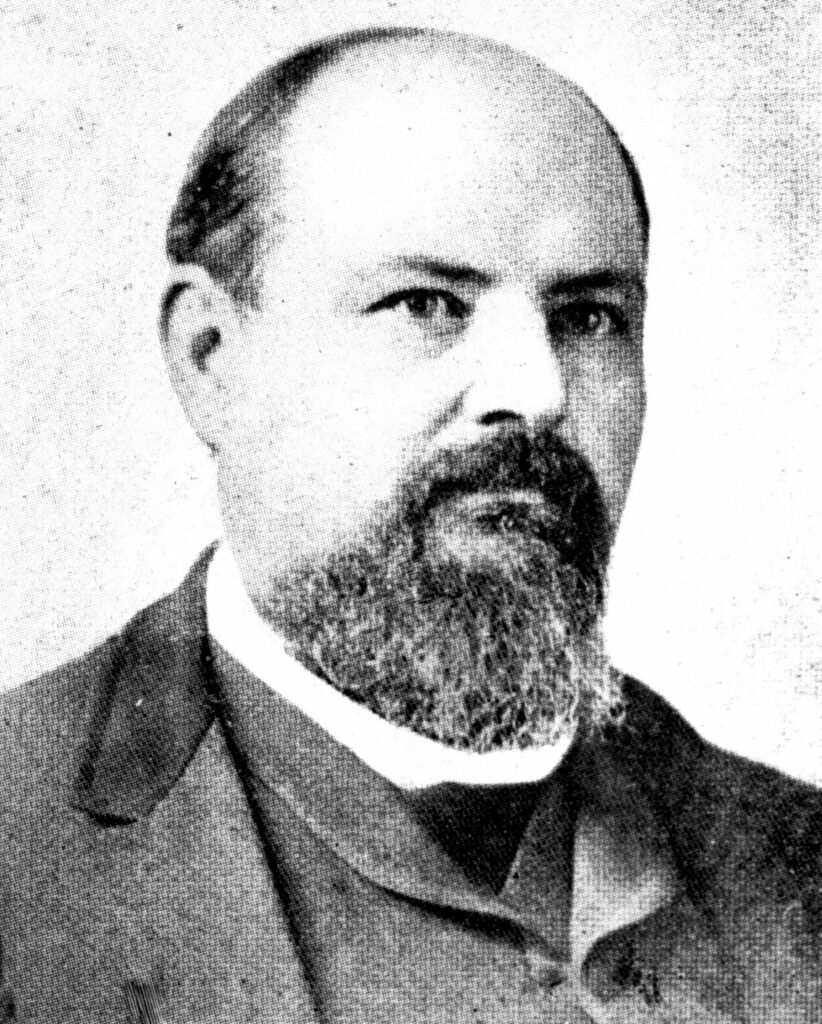
In 1869 the president of the Macon and Brunswick Railroad named a station stop in the area for William Pitt Eastman, a northeastern industrialist with extensive Georgia land holdings. Upon visiting the newly named stop, Eastman purchased property on both sides of the rail line and laid out a town. At Eastman’s invitation, William Dodge, president of the Georgia Land and Lumber Company, funded the building of a courthouse in exchange for the new county’s receiving his name. The county seat, named for Eastman, was incorporated as a town in 1871 and as a city in 1905. The current courthouse was built in 1908, replacing a courthouse built soon after the county’s creation. In addition to Eastman there are three incorporated towns: Chauncey, Chester, and Rhine.
During the 1870s the Georgia Land and Lumber Company, which bought more than 300,000 acres of land rich in longleaf pine for less than ten cents an acre in 1868, began to harvest timber in the county, displacing local farmers who in many cases were evicted by the company. A series of court cases, imprisonments, and assassinations arranged by the company in collusion with the federal government followed, and although in 1923 many of the original landowners finally regained their land, it was by then nearly barren. With the help of chemical fertilizers, landowners shifted from forestry to cotton farming, but six years later, with the onset of the Great Depression, many lost the little they had acquired. The county’s failing economy was further set back by boll weevil damage to cotton during the same era. This infestation led farmers to diversify their crops to include watermelon, peanuts, pecans, and livestock. There were also a few small sawmills in operation, and turpentine production provided some income.
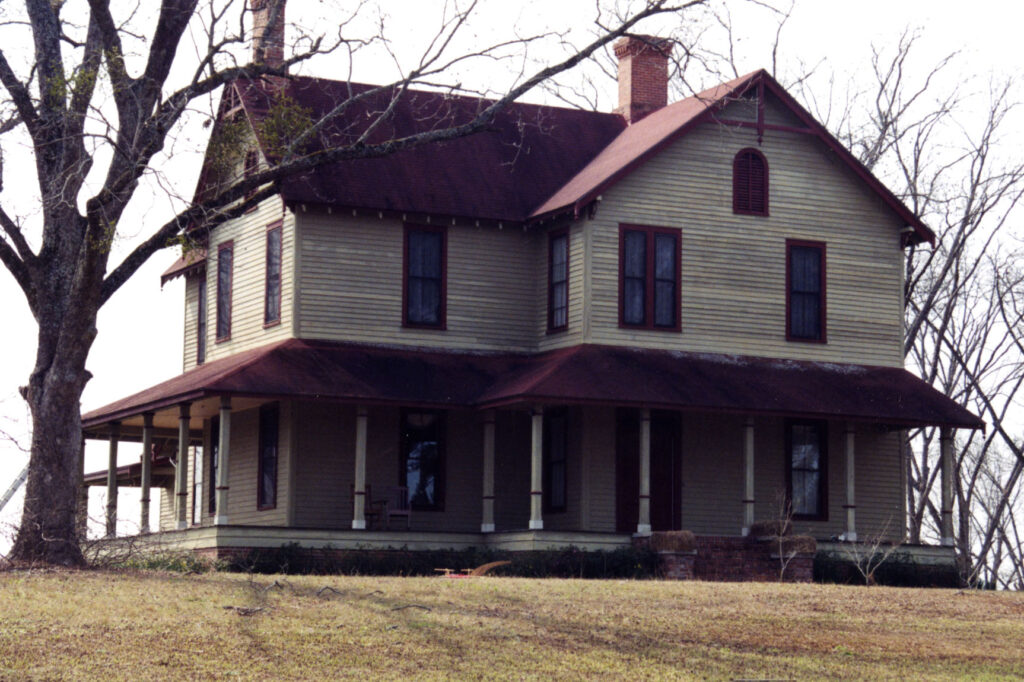
Williamson Stuckey, a pecan farmer in Eastman, began selling his wife’s pecan candies in the mid-1930s, building a large and well-known national business by the 1960s. Stuckey’s business represented the beginning of the county’s economic shift away from farming.
Places of interest include Eastman House, built by William Pitt Eastman in 1872; Jay Bird Springs Resort, which boasts a large swimming pool of spring water; and Orphans Cemetery/Williamson Mausoleum, founded by Dodge County entrepreneur Albert G. Williamson and named in honor of the six orphaned Williamson brothers who moved to Dodge County from North Carolina.
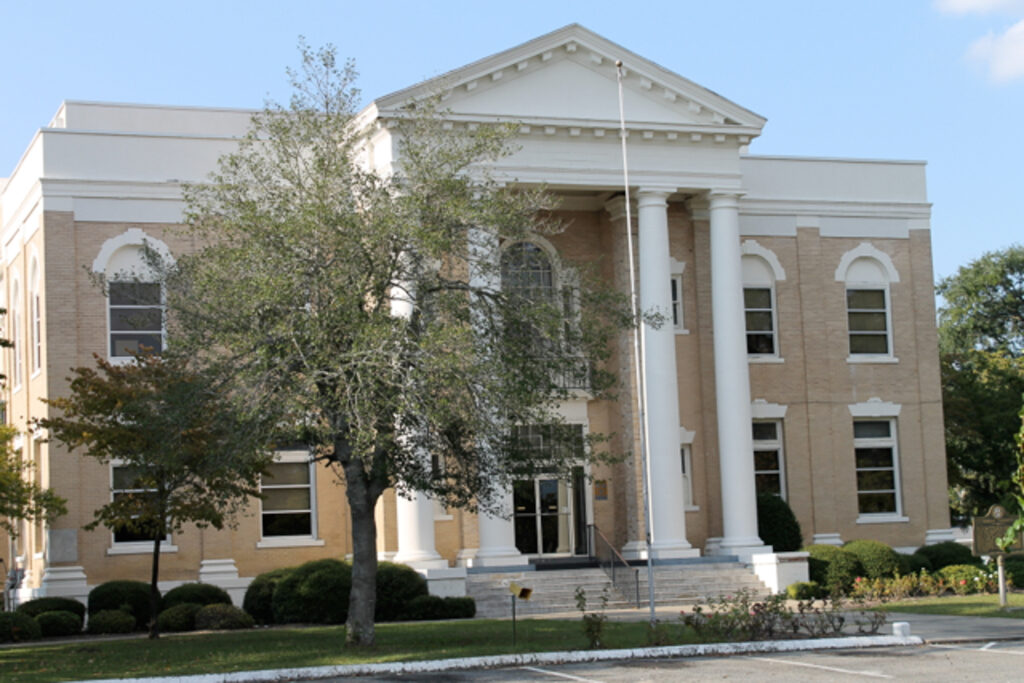
Eastman has two institutes of higher education: Middle Georgia College Aviation Campus (formerly Georgia Aviation Technical College), a satellite campus of Middle Georgia College; and Eastman Regional Academic Center, a satellite campus of Mercer University.
According to the 2020 U.S. census, the county’s population is 19,925, a decrease from the 2010 population of 21,796.


